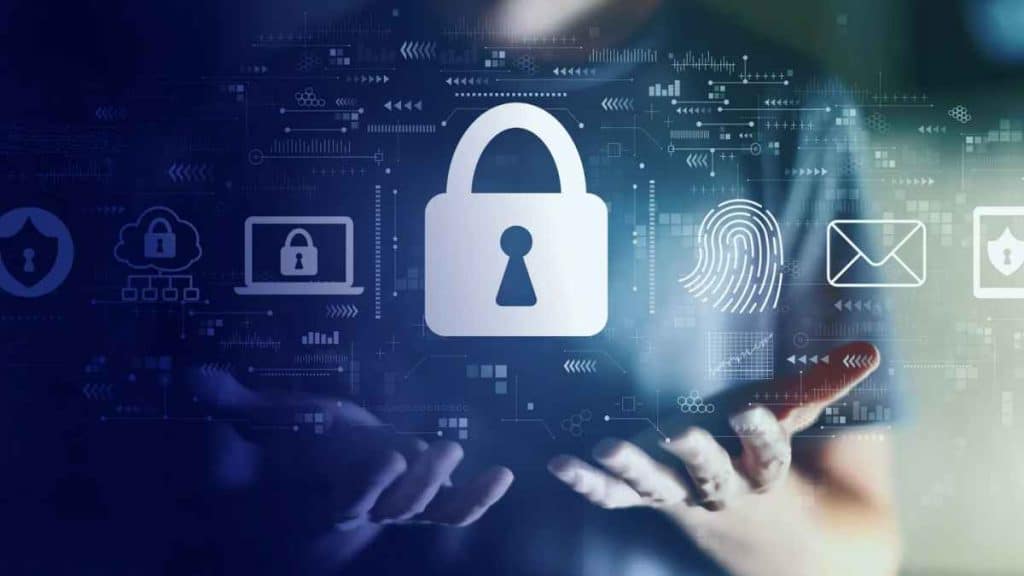The threat landscape is evolving, as cyber-attacks soar in frequency and sophistication, and adversaries grow more determined and well-funded than ever. Bad actors are continually devising new ways to slip through the security nets, putting security practitioners under pressure to defend their organizations and data.
Today’s world of hybrid and distributed workforces is adding to the problem, as the traditional network perimeter has dissolved, and widened the attack surface to almost unmanageable levels. In addition to these external threats, an even greater threat could be sitting in the next office, in the form of insiders, whether careless or malicious, who cause a staggering number of security incidents every year.
Concurrently, in today’s ‘bring-your-own-everything’ world, be it device, application, or connection, poorly maintained policies that are meant to govern the use of personal technologies in the business result in proprietary data being inadvertently shared across unsecured personal devices.
Adopting Data Loss Prevention Solutions
Unfortunately, more often than not, security incidents result in the theft, loss, or abuse of data, which can be disastrous for businesses of every size, which is why companies are adopting data loss prevention (DLP) solutions.
At its heart, DLP is a set of policies, practices, and solutions that are used to ensure that no sensitive data leaves the business via an unauthorized user. DLP technologies often use rules to discover and classify sensitive data, to help administrators identify areas of exposure or risk, and ensure that additional layers of protection can be applied to those areas.
Good DLP solutions will also feature ways to automatically pinpoint anomalous behaviors that might indicate sensitive data is leaving the network, and use automated alerts and responses to shut down threats before they become a major problem. They feature sophisticated content classification and meticulous monitoring of file events, enabling automatic logging and immediate intervention when users engage in prohibited actions.
It’s important to remember, that not all DLP is the same. There are three different types of data loss prevention software, namely network DLP, endpoint DLP, and cloud DLP.
Network Data Loss Prevention
Network DLP monitors and protects all company data, whether it is in use or at rest on the network. It plays a vital role in safeguarding sensitive data during its transmission, monitoring, identifying, and, if necessary, obstructing any attempts at illegitimate data exfiltration while the information is in motion. This capability is particularly critical in heavily regulated industries that handle a lot of highly confidential customer data.
This type of DLP also facilitates compliance by ensuring data protection regulations are adhered to. By detecting and preventing policy violations related to data movement, network DLP ensures that sensitive information remains within the confines of the corporate network and that compliance standards are met. Network DLP also acts as a formidable shield for safeguarding intellectual property (IP). It prevents any attempts to transfer valuable proprietary information outside the corporate network, thus protecting the entity’s critical assets from being compromised.
Finally, network DLP has a role to play in enhancing employee security awareness. It provides visibility into sensitive data, enabling organizations to identify unintentional policy violations, and notifying users with explanations, which can serve as a valuable training tool to foster proper data handling practices.
Endpoint Data Loss Prevention
Next, endpoint DLP monitors all endpoints regardless of whether they are on or off the business’s network to prevent data from being leaked, lost, or misused. It serves as an extension of DLP functionalities to safeguard sensitive data residing on a slew of devices such as laptops, tablets, mobile phones, and even IoT devices. Once these devices are integrated into the solution, the tool thoroughly gathers information about user interactions and access to sensitive data.
This variety of DLP classifies data based on its regulatory, proprietary, confidential, or business-critical nature. This categorization streamlines compliance requirements, ensuring that the appropriate security measures are in place for different types of data. Moreover, irrespective of whether the data is accessed on or off the network, endpoint DLP meticulously tracks its movement and usage on various endpoints. This constant monitoring provides a robust defense against potential data breaches and unauthorized data transfer.
Certain endpoint DLP solutions also incorporate data encryption capabilities to add an extra layer of protection, by ensuring data remains unreadable and secure should it fall into the wrong hands.
Cloud Data Loss Prevention
The third type of DLP, cloud DLP, was designed to address the increased risks due to the widespread adoption of cloud services and the prevalence of remote work. As employees access corporate files from various locations and collaborate using cloud platforms, there’s a potential for data exposure and vulnerabilities. This is further exacerbated by the unsanctioned use of cloud storage apps and services, or shadow IT.
To mitigate these risks, businesses must priorities the protection of sensitive data not only within their networks and devices but also in the cloud environment. Cloud DLP solutions play a key role in safeguarding companies that have embraced cloud technologies. These solutions ensure that sensitive data remains secure by enforcing encryption measures before it enters the cloud, and also restrict data transmission exclusively to authorized cloud applications, preventing unauthorized access.
Some cloud DLP solutions will allow proprietary or sensitive data to be removed or altered before files are shared with the cloud. These solutions also enforce the principles of least privilege and maintain a list of authorized cloud applications and users that have permission to access them. They also keep logs detailing when any confidential, cloud-based data was accessed and by whom.
Network, cloud, and endpoint DLP solutions may each serve a unique purpose, but their collective implementation is needed to thoroughly strengthen an organization’s data security posture. By working together, they provide a comprehensive shield, ensuring comprehensive data protection across all fronts.


